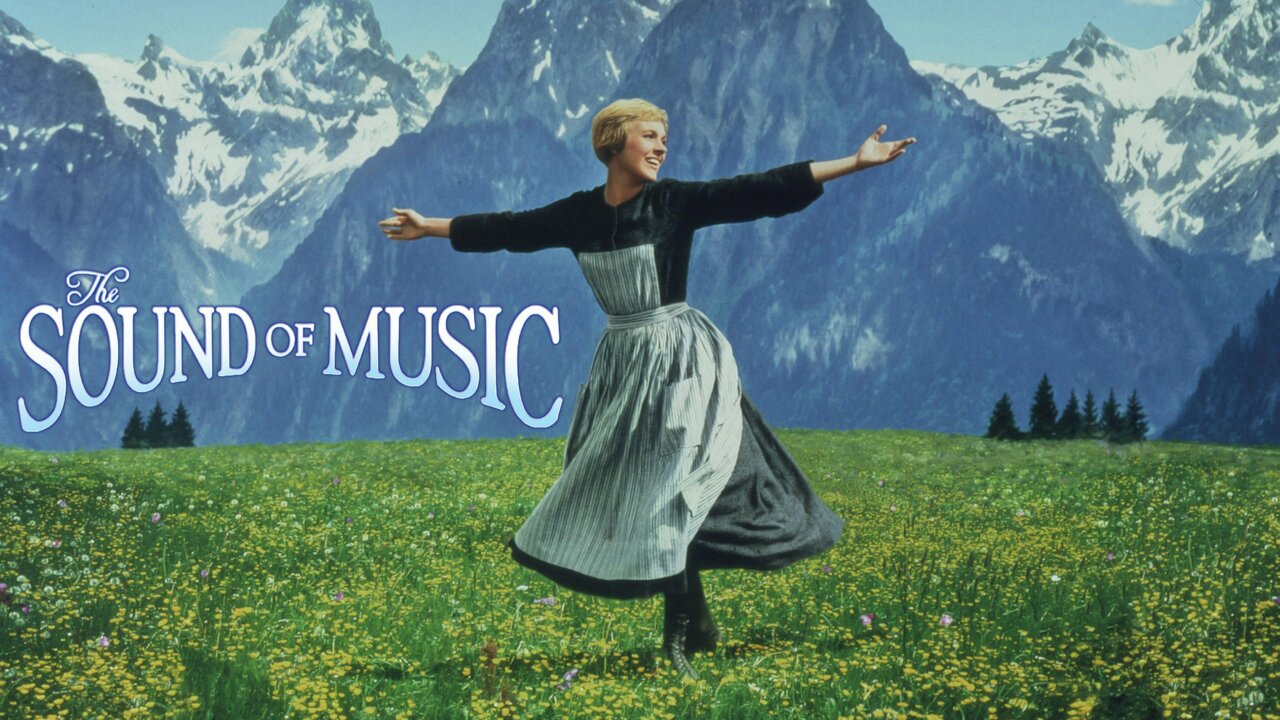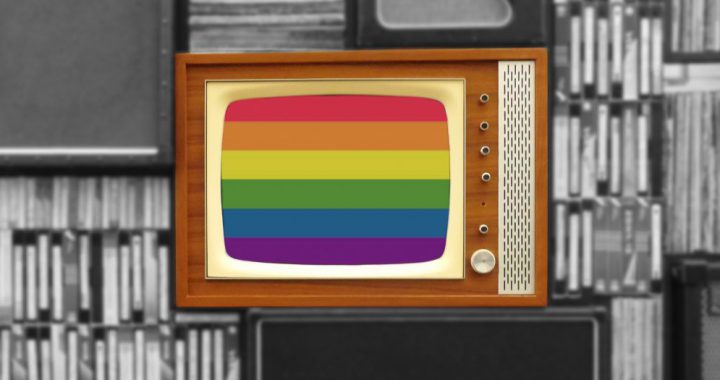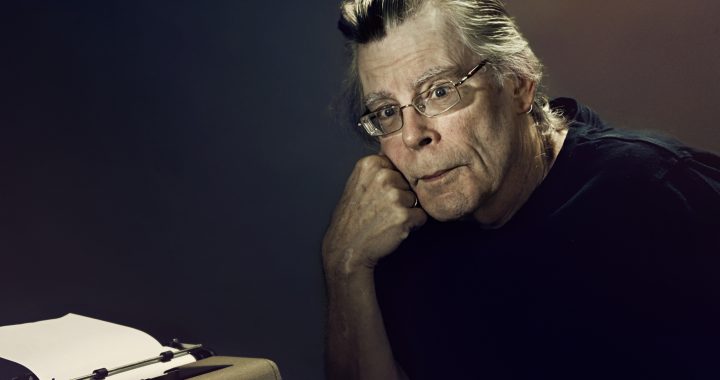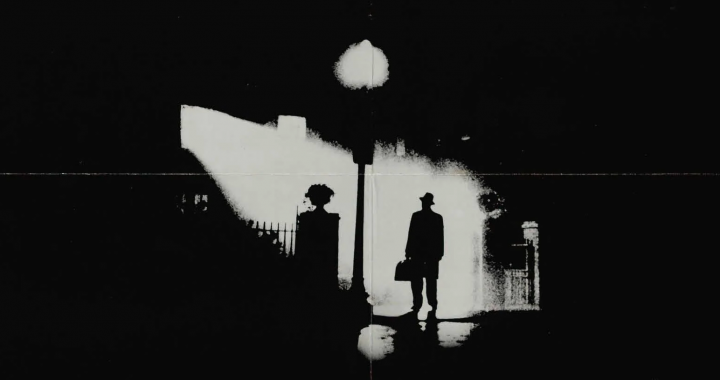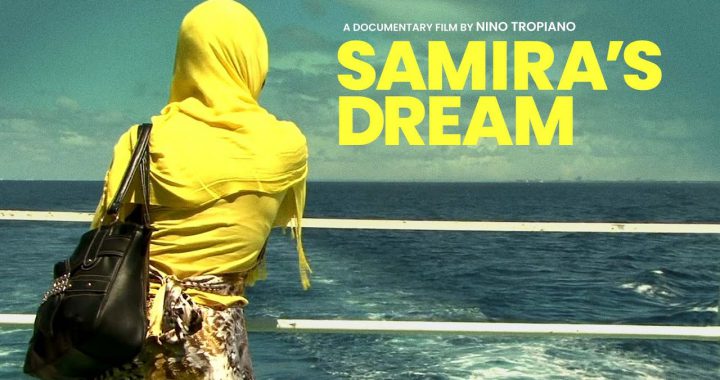In today’s digital age, DVD covers are becoming increasingly rare due to the widespread use of streaming platforms. DVD covers are slowly becoming a lost art and experience. The experience of going to a store and picking out a movie to watch based on its DVD cover has almost disappeared. DVD covers are like miniature […]
Continue readingCategory Archives: Home Use
Remembering David Lynch
David Lynch, the visionary filmmaker and artist renowned for his surrealist style in movies and television, has passed away January 16th, 2025, at the age of 78. Though he eventually became known for his cinematic works, he initially wanted to become a painter. His interest in creating short films led him to discover his passion […]
Continue readingCollection Highlight: Musicals
American University Media Services keeps a list of curated collections available to browse on our website. All the titles included in these collections are available on DVD for members of the AU community to borrow. Today, we’re highlighting one of our favorite collections: musicals! Our musical collection contains 51 titles from our physical media collection, […]
Continue readingIntroducing the Food Films Media Collection!
If you’re interested in finding a new favorite, mouthwatering film, then you’ve come to the right place! One of the many offerings AU Library Media Services has to provide is our extensive group of curated media collections. From recent acquisitions to African American cinema to war films, our collections showcase a wide scope of interesting […]
Continue readingIntroducing the LGBTQ+ Media Collection!
One of the many offerings AU Library Media Services has to provide is our extensive group of curated media collections! From recent acquisitions to animation to musicals, our collections showcase a range of interesting movie categories. The most recent one we’ve added to our Home Use Collection Highlights page is LGBTQ+ films. This collection offers […]
Continue readingYou, Too, Can Enjoy Stephen King’s Favorite Horror Movies (if you dare…)
The “King” of horror himself, Stephen King has his own list of favorite horror movies. Author of timeless bestsellers like It and The Shining, King has shared what some of his go-to favorite scary films are. Interestingly enough, a number of the films on the list, like The Hitcher and The Strangers, fall under the […]
Continue reading13 Halloween Classics Available through the Library
Horror flicks have been a cornerstone of Halloween celebration for as long as pictures have been able to move. Cheesy, gory, acclaimed or admonished, there’s a place in our collection for all the movies that rattle your bones and scare your socks off. In celebration of Halloween ’23, here’s 13 20th-century horror classics available for […]
Continue readingNew Acquisition and Review!
Samira’s Dream / DVD 17357 Samira is a young Zanzibari woman living in Zanzibar, Tanzania. While balancing her responsibilities as caretaker of her younger siblings, working at a local resort, and doing everyday domestic chores, Samira prioritizes her education. “My dream is to raise my own family and have an education and be independent at […]
Continue readingThe Evolution of Horror Films: A Look a Horror Movies from the 19th to 21st Century
By Emily Walsh When you think of horror movies, what comes to mind? Horror films try to evoke the viewer’s worst nightmares as a form of entertainment. The ghosts, demons, murderers, and supernatural beings combined with some gore, torture, and jump-scares manipulate the audience into experiencing psychological thrills and fun. For a film to be […]
Continue readingCelebrating Indigenous Peoples’ Day
by Emily Walsh What is Indigenous Peoples’ Day? Do you remember the words: “In fourteen hundred ninety-two Columbus sailed the ocean blue”? Mythology about Columbus and the “discovery” of the Americas continues to be many American children’s first lesson about encountering different Indigenous cultures. Indigenous Peoples’ Day is a holiday that celebrates and honors Native […]
Continue reading


